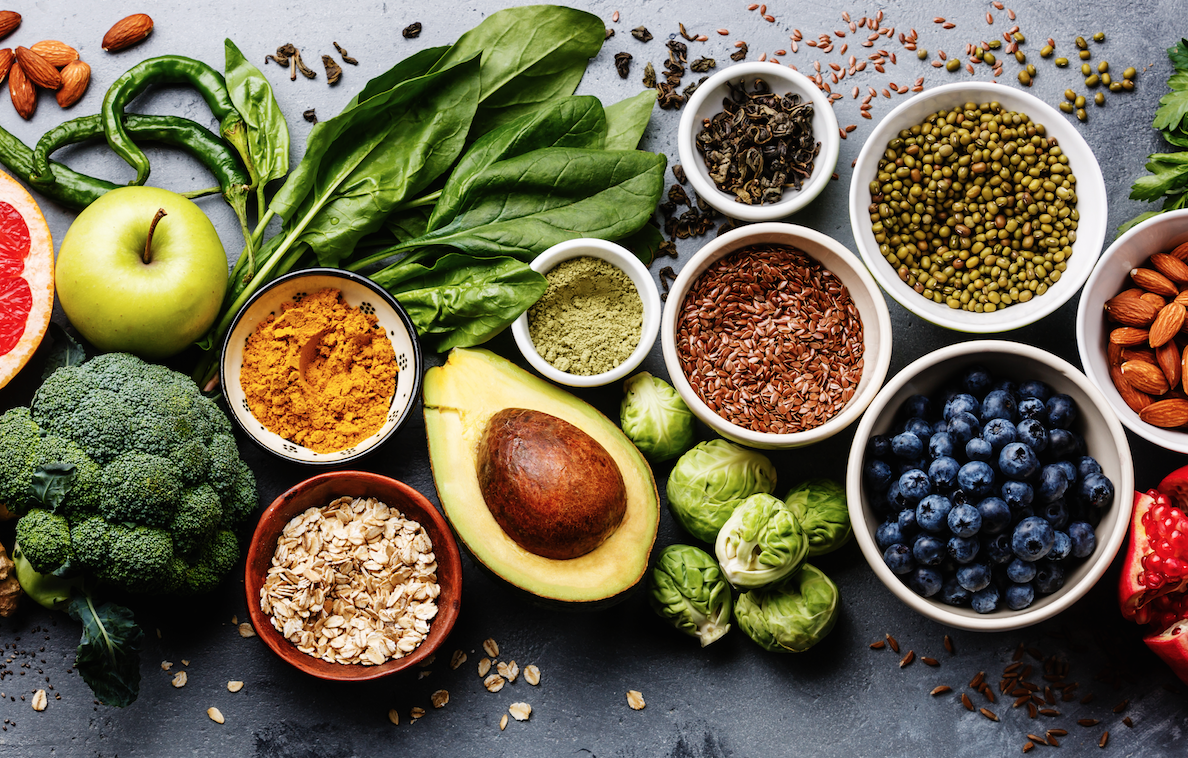
You sit down to dinner and devour a large meal. But a couple of hours later, you are hungry again. Why do you feel full longer after eating some foods than others?
The Role of Density
Protein, fiber and water help signal that your body is full faster than other nutrients, so it is important to include them as a regular part of your diet. Consuming these nutrients will help you avoid overeating, and they are healthy for the body.
Protein
Although researchers are not entirely sure why protein is best at telling your body when to stop eating. Approximately 30 percent of protein calories are converted to energy. Low-fat or nonfat milk, beans, soy, and lean meats and poultry are all healthy sources of protein.
Fiber
Fiber is not digested, unlike other foods. Because of this, the stomach fills up faster. Whole grains and legumes are a good source of fiber, as are most fruits and vegetables.
Water
Fruits and vegetables contain a lot of water but have few calories. This means that consuming just a few pieces can satisfy you for a longer period than foods high in calories.
Carbohydrates are also very filling, but you should stay away from refined sugars and refined flour, and consume whole grains instead.
Volumetrics
The concept of volumetrics was introduced by Barbara Rolls, Ph.D. Its principle is to attain the feeling of being full without overindulging. Rolls’ studies have revealed that most people eat the same volume of foods at meals, so choosing “low-density” foods results in consuming fewer calories. Foods that are rich in protein, fiber, and water are considered low-density foods.
Recognizing Fullness
Use these tips to recognize when you are full:
- • Slow down. It takes around 20 minutes for the food to be digested and for the brain to receive signals that you are getting full.
- • Avoid buffets and large portions. Studies show that the more that is on your plate, the more you will eat whether you are hungry or not.
- • Limit your fat intake. Fat is very satisfying but is not good at signaling the body when you are full. Therefore, chances are likely not only will you be consuming high-calorie foods, but you will eat more of them as well. Download Newsletter















